Thousandth foundation pile Feringa Building ready
Contractor Ballast Nedam is halfway through the foundation work, now that the thousandth pile has been constructed for the new Feringa Building on Zernike Campus Groningen in the past week. To reduce vibration and noise nuisances, the company used boring rather than piling the ground. The new UG Faculty of Science and Engineering building will be home to about 1,400 students and 850 staff members.
To construct the foundation of the Feringa Building, holes with a depth of at least 30 metres are being drilled. At least 60 kilometres are being drilled for the total of about 2,000 foundation piles. The drilled holes are reinforced and then filled with concrete. But how does this work?
The last pile is due to be put in the ground in January 2020.
The pile foundations will be constructed by boring holes into the ground, reinforcing them and then pouring concrete into them. This method of installing the pile foundations will result in much less nuisance than would driving the piles into the ground, although this method does mean that there will be more construction traffic, including concrete mixers. The last pile of the first construction phase is expected to go into the ground in January 2020.
Excavation basement
The foundation piles in and around the basement are ready. This means that the levelling of ground for the bicycle basement, the large lecture hall and the clean rooms near the atrium can start this week.
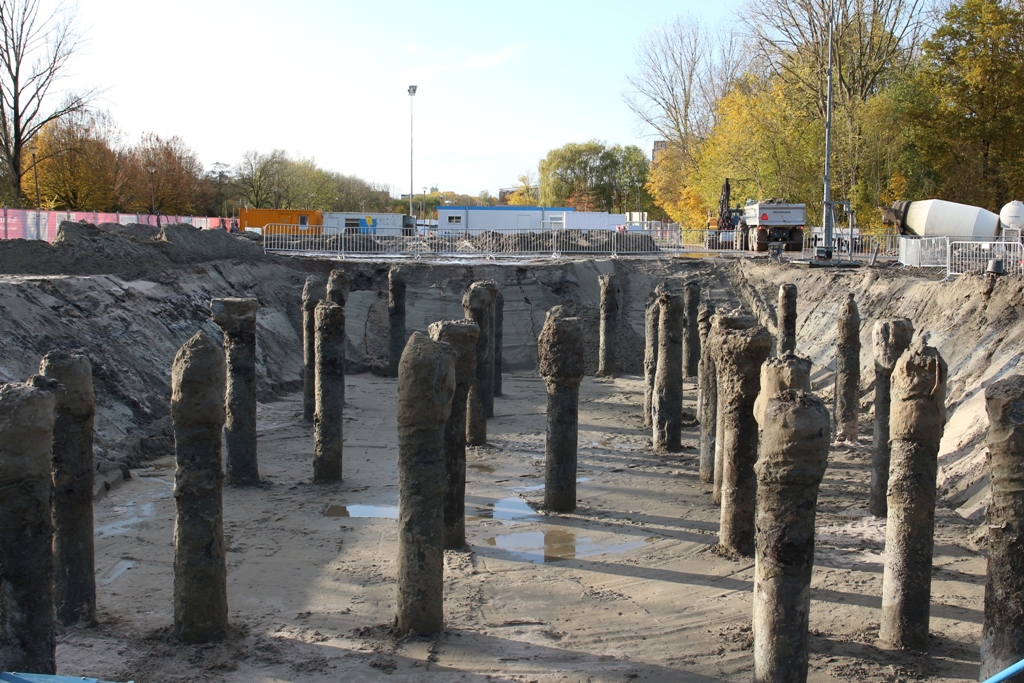
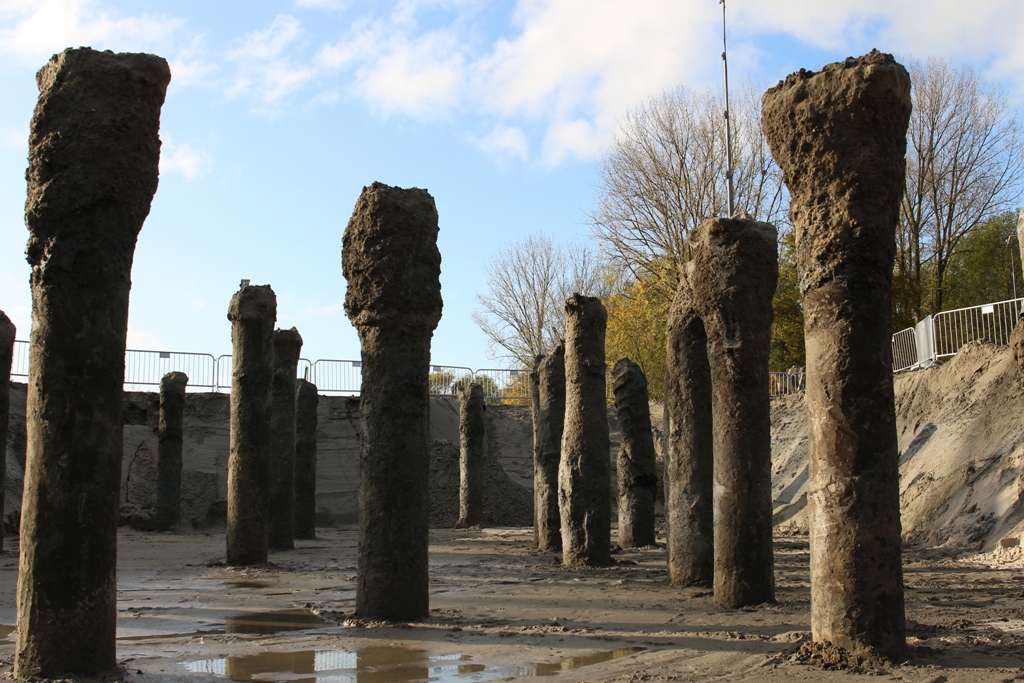
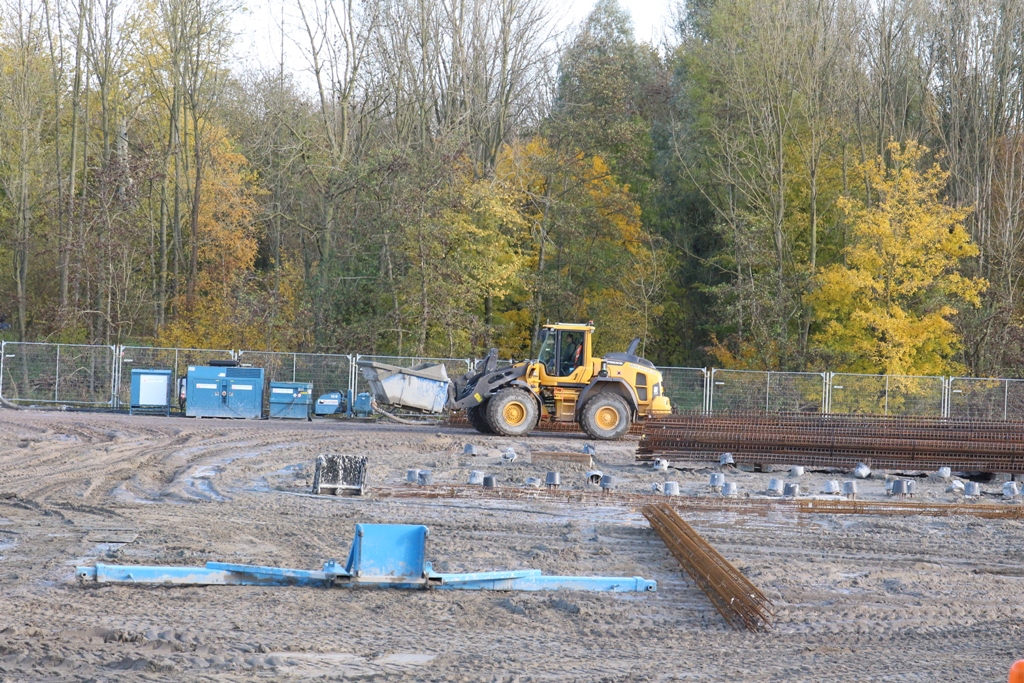
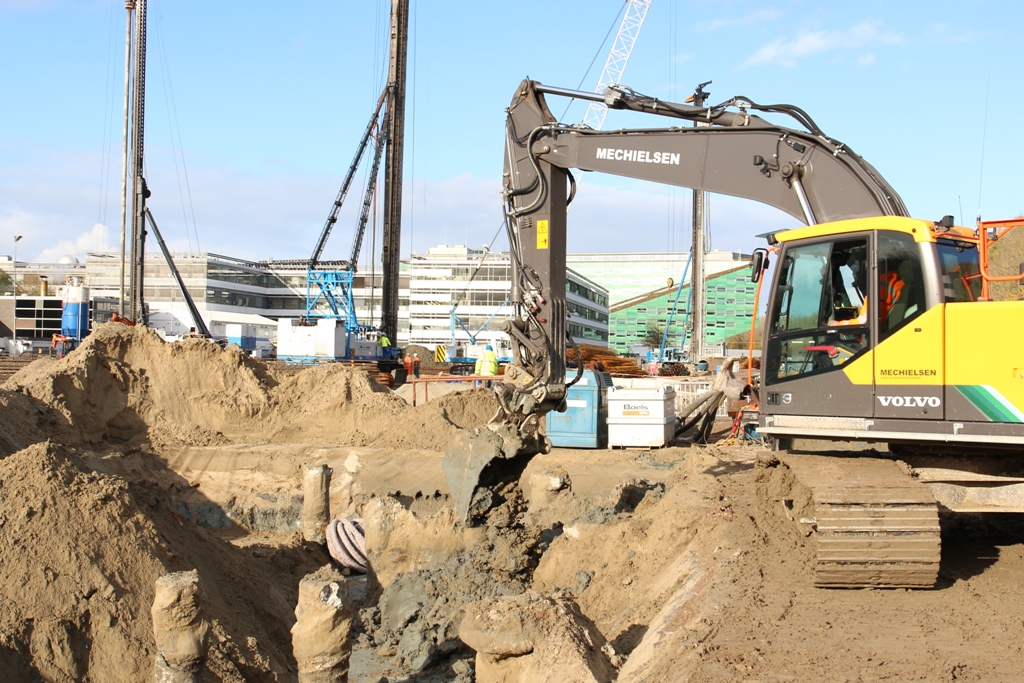
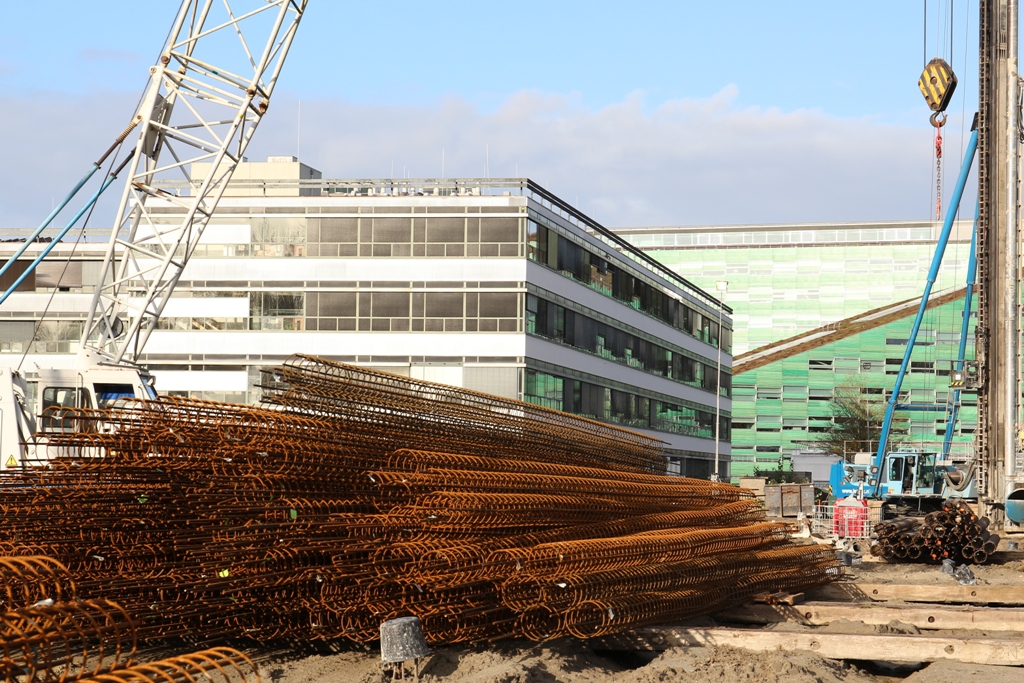
About the Feringa Building
The design of the Feringa Building comprises three linked V-shaped wings. An attractive, broad path will be built along the entire length of the glass front façade, to link the three wings and provide a good view of the campus. The building will be a staggering 260 metres long, 63 metres wide and five floors high.
Professor of Organic Chemistry Ben Feringa, after whom the building is named, currently conducts his Nobel Prize-winning research in Nijenborgh 4, which will be replaced by the Feringa Building in phases. Phase 1 is expected to be completed in mid-2021. Phase 2 will start at the beginning of 2022, to be completed in the summer of 2023. The Feringa Building, ‘home to Nobel Prize winners’, underpins the University’s ambition to continue contributing to important international research in fields such as chemical engineering, nanotechnology, material research and astronomy.
For more information
www.rug.nl/groundbreakingwork
More news
-
15 September 2025
Successful visit to the UG by Rector of Institut Teknologi Bandung

